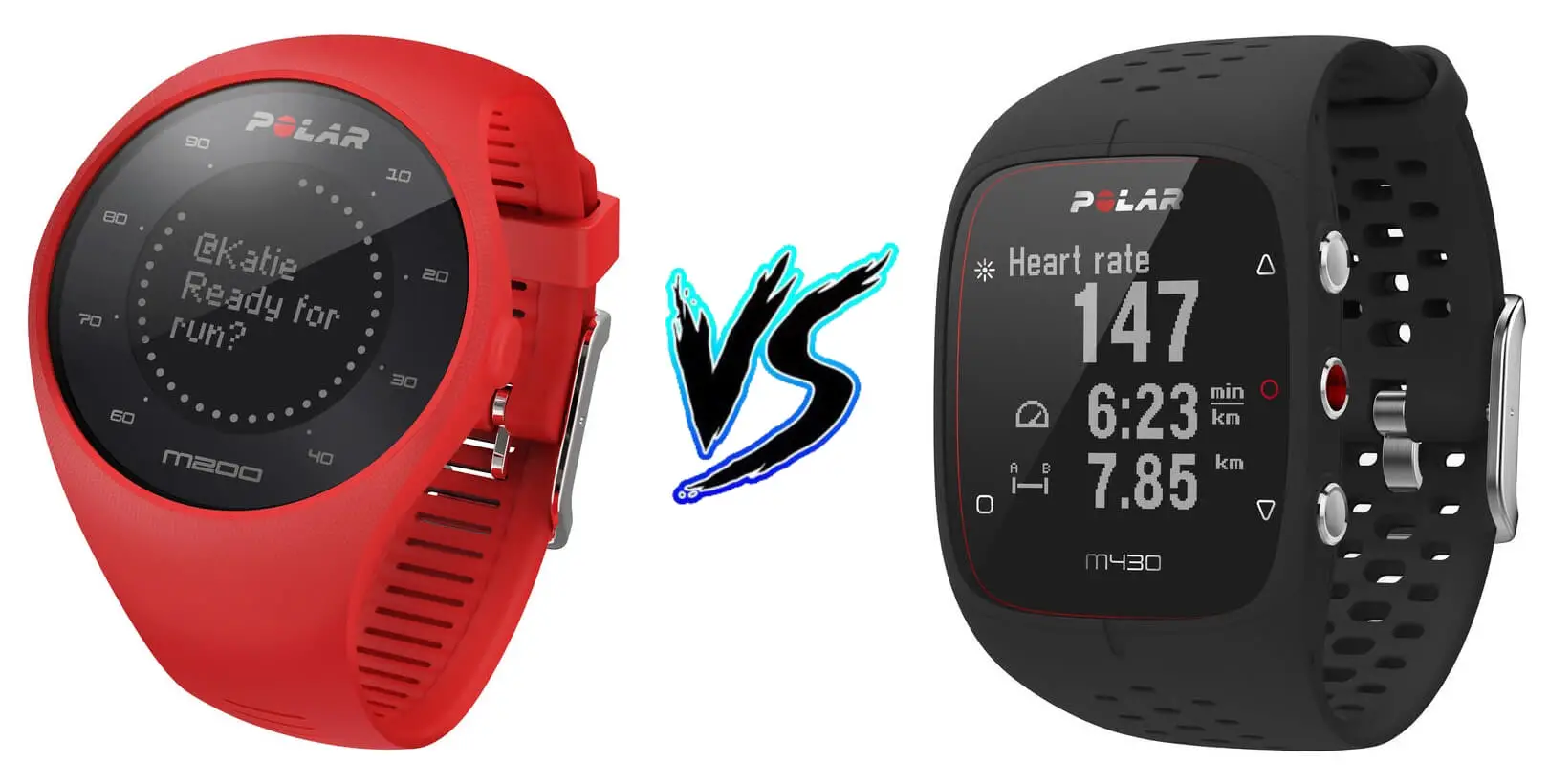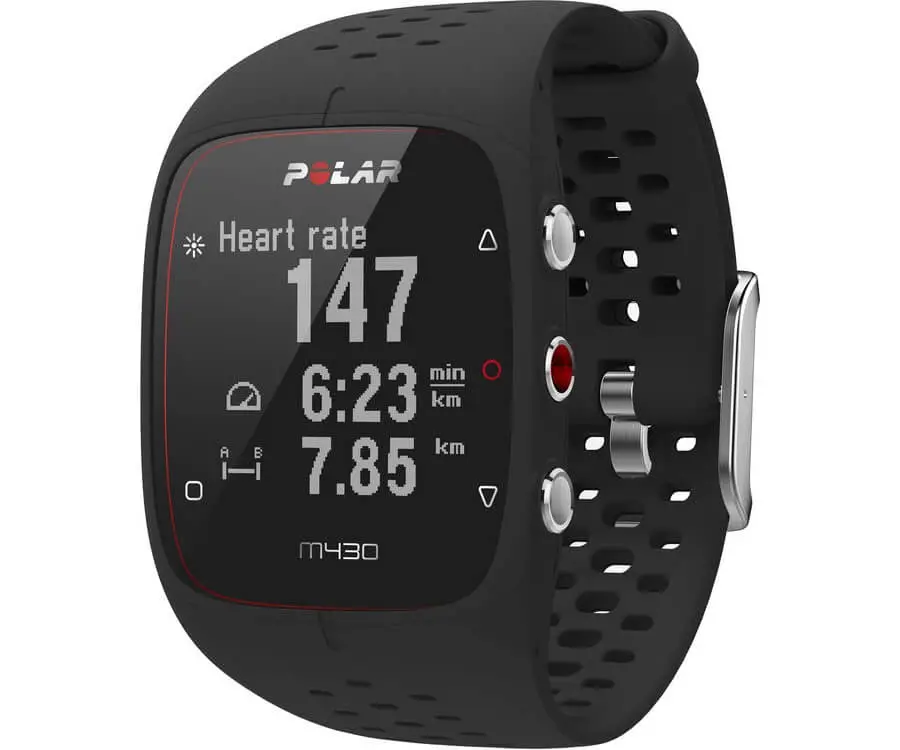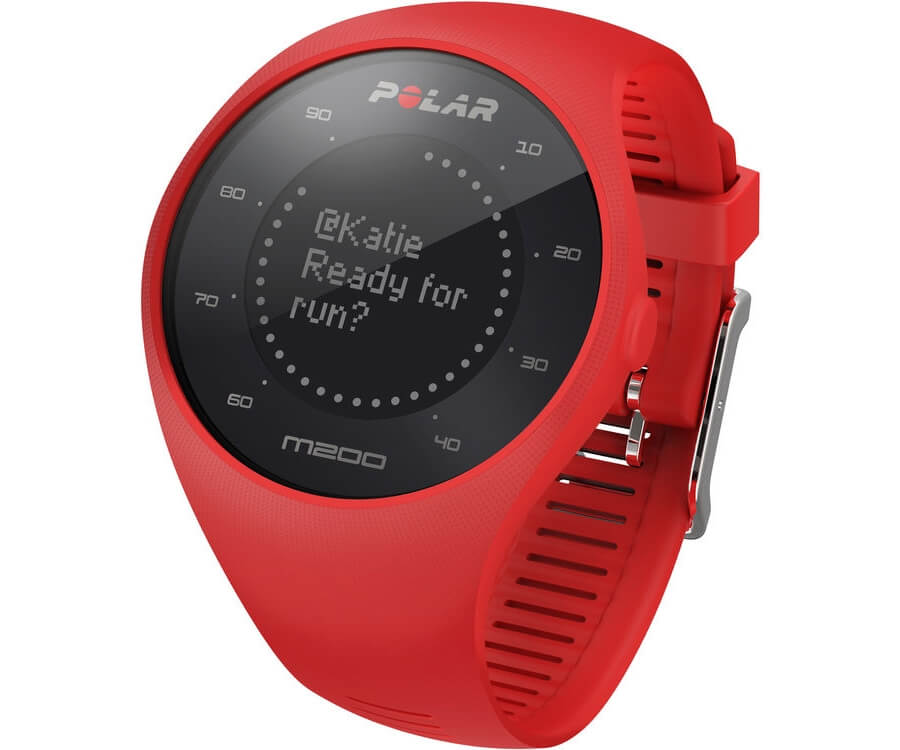In this product battle, the Polar M200 goes up against the Polar M430. While the more expensive of the two (ie the M430) is clearly the better watch, the M200 isn’t too far behind in terms of technical features.
Let’s start off, by unpacking the most important differences.
24/7 Heart Rate Tracking - Polar M430 Only
This is one of the biggest advantages that the M430 has over the Polar M200.
In this day and age, people have come to expect in-built Heart Rate Monitors to function at all times of the day.
The main reason the M200 doesn’t have continuous heart rate tracking is because of battery life. At the time of the product’s release, Polar hadn’t quite figured out how to prevent the optical HRM from draining the battery.
Additional note: The Polar M430 was also lacking this feature when it was originally released. However, Polar updated the firmware of the watch and Polar M430 users have been able to enjoy continuous heart rate tracking ever since.
Recovery Status - Polar M430 Only
Recovery Status estimates the time you need to recovery between training sessions. Although it’s more relevant to veterans and professionals, it’s still a nice feature to have. It’s one of the main advanced training features that the M430 has, and the M200 doesn’t.
Better Screen For Displaying Running Stats - Polar M430
On the surface, this might not seem like a big deal. However, when you get stuck into your training, you will grow fond of certain metrics, like minutes per km, for instance.
The problem with the M200 is that it can only show two data fields at the same time. This means you have to change the screen while running, in order to keep track of all your favorite stats.
This is markedly different from the M430, where you can hold up to 4 data fields at the same time. Most people will be able to fit all their preferred stats in the 4 data fields available, which makes this watch much more pleasurable to use in the long run.
Running Cadence from the Wrist - Polar M430 Only
When you start chasing a personal best, cadence is one of the metrics that you will look at the most.
You will start to see very obvious patterns, which make it clear what kind of cadence unlocks your optimal speed.
You can also see the kind of cadence that allows you to hold a pace for an extended period of time (crucial information for a serious long distance runners).
Basically, if you get deep into running, it’s hard to live without this particular metric. As an avid runner myself, the lack of cadence data is my biggest gripe with the M200.
Key Similarities - Polar M200 vs M430
Key Differences - Polar M200 vs M430
Final Thoughts on Polar M200
The Polar M200 is a decent running watch with a very affordable price tag.
As an entry-level running watch, it delivers the goods, with built-in GPS, optical heart rate tracking and some solid running features like Polar’s running index and Polar’s dedicated training programs.
Admittedly the screen could be a bit better, and the GPS battery life also isn’t the best.
Also, the wrist-based HRM is only activated when you train, which is another chink in the Polar M200’s armor.
But for just over $100, it’s difficult to find a better running watch in the same price bracket, from a respectable brand.
Final Thoughts on the Polar M430
The Polar M430 is significantly better than the Polar M200. Here’s a recap of the main advantages:
- Better battery life
- More advanced running features
- Continuous heart rate tracking
- Recovery Pro
- Better screen with more rows of data when exercising
- Running cadence from the wrist
- Polar fitness test
- Advanced sleep tracking
Basically, the M430 knocks the M200 out of the park, and it isn’t even that much more expensive.
If you’re trying to decide between these two, the M430 is the clear and obvious winner.



